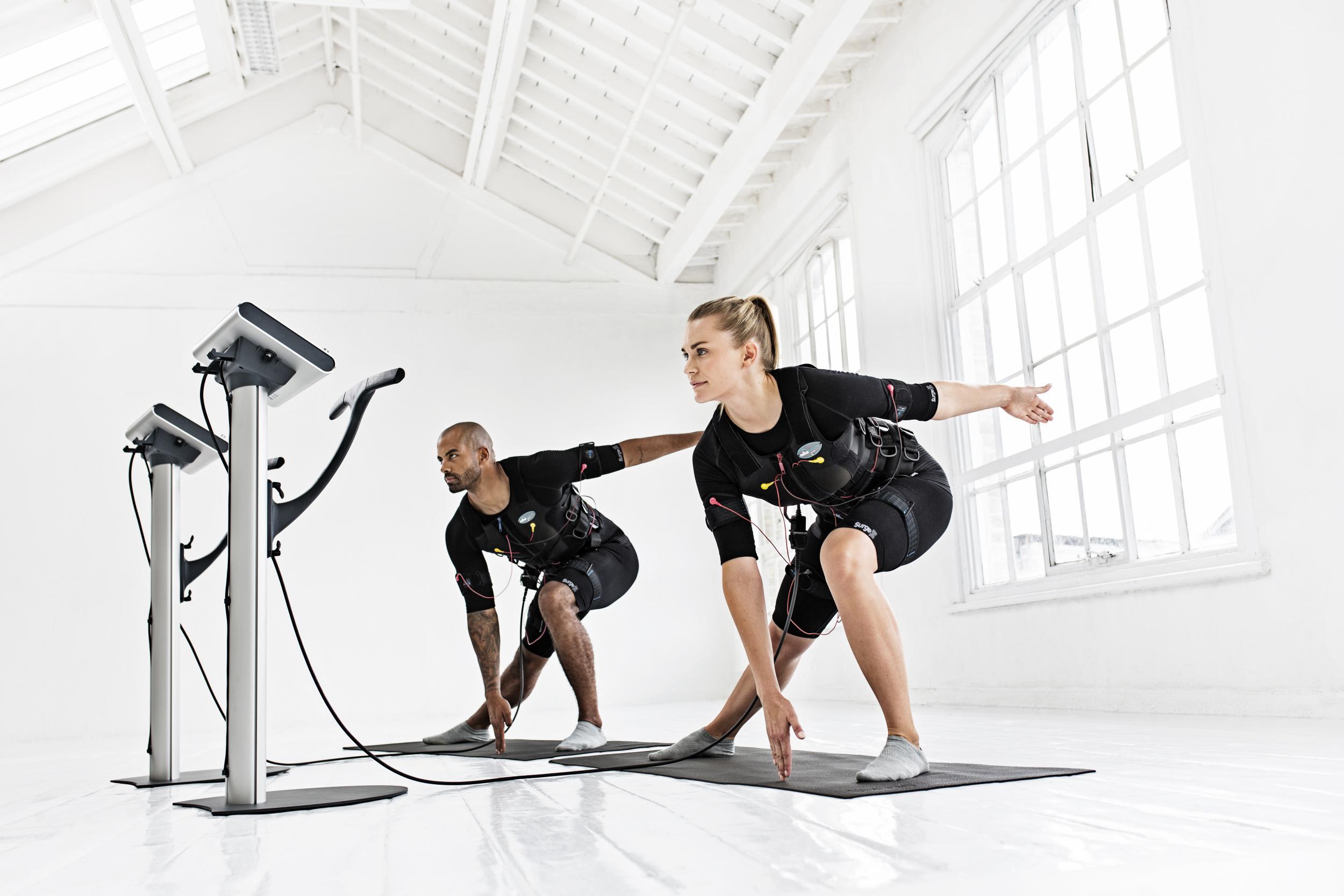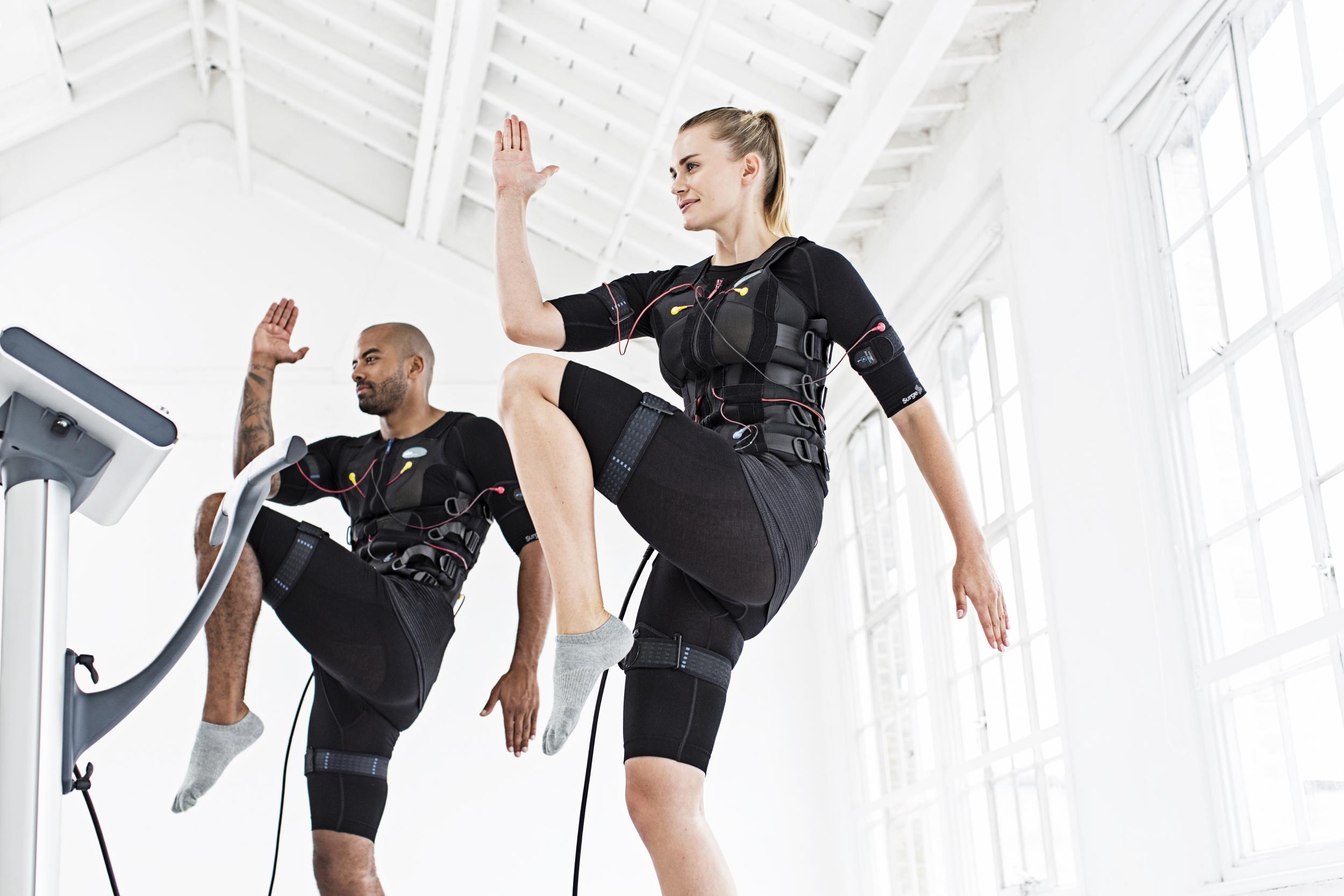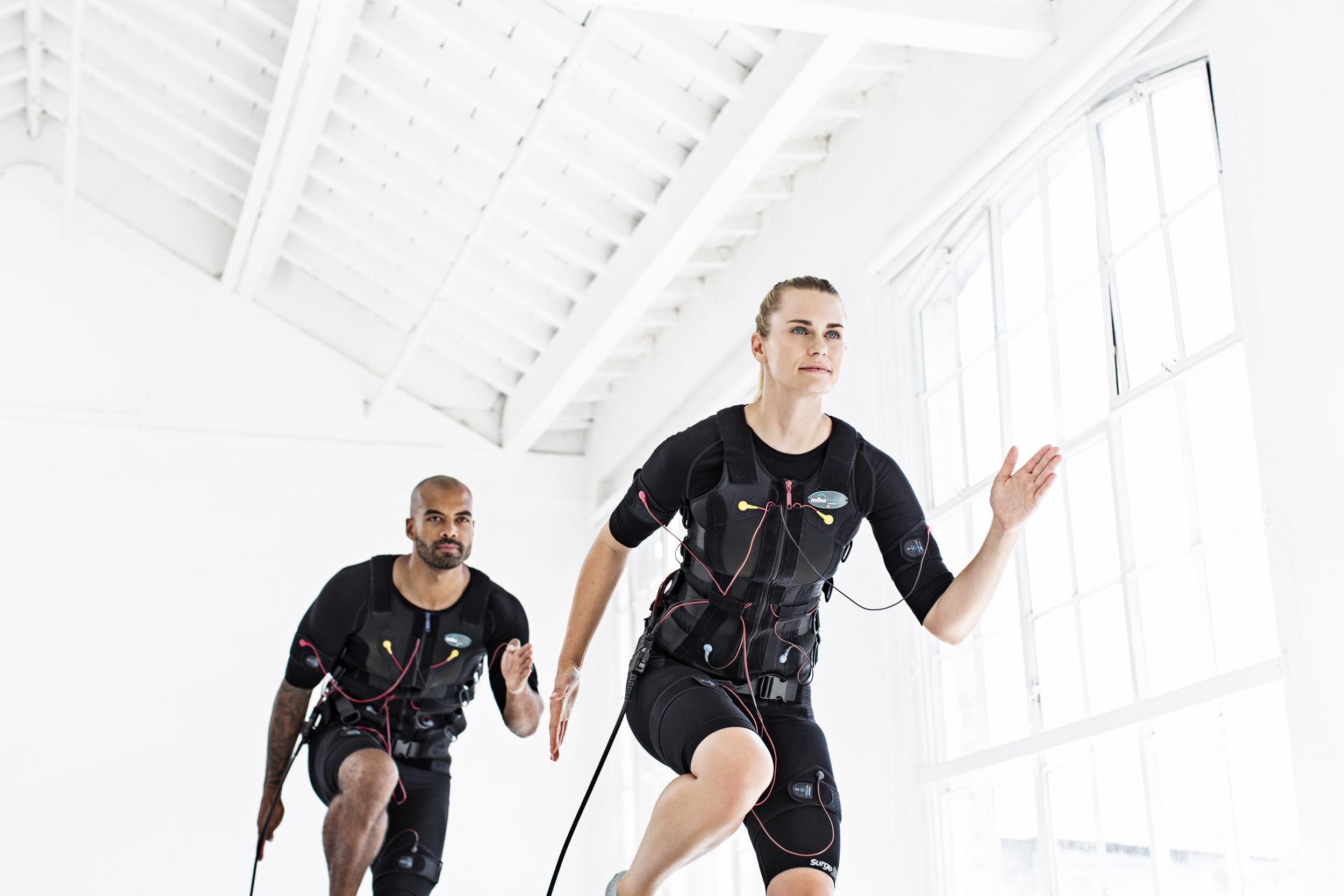Electrical Muscle Stimulation: What is it and how does it work?
20 minutes a week is supposedly all you need

Your support helps us to tell the story
From reproductive rights to climate change to Big Tech, The Independent is on the ground when the story is developing. Whether it's investigating the financials of Elon Musk's pro-Trump PAC or producing our latest documentary, 'The A Word', which shines a light on the American women fighting for reproductive rights, we know how important it is to parse out the facts from the messaging.
At such a critical moment in US history, we need reporters on the ground. Your donation allows us to keep sending journalists to speak to both sides of the story.
The Independent is trusted by Americans across the entire political spectrum. And unlike many other quality news outlets, we choose not to lock Americans out of our reporting and analysis with paywalls. We believe quality journalism should be available to everyone, paid for by those who can afford it.
Your support makes all the difference.My torso, arms, legs and bum are strapped up tight in water-soaked fabric and a vest, to which various wires are plugged in. Next, a bigger cable is plugged into my bodysuit, connecting to an electrical stand with a small screen.
I nervously watch as the machine whirrs up into life.
From there, I spend the next 20 minutes being mildly electrocuted, all in the name of getting fitter, stronger and leaner.
This is Electrical Muscle Stimulation - or EMS - training. It’s not new, but over the past few months it’s seen a resurgence in the UK, with various training centres opening.
I’m at Surge in Hammersmith, West London, about to experience what some people claim is the most efficient way to workout.
It’s particularly popular in Germany - well, they are known for being efficient - so it’s Bavarian Constantin Hampe who’s the man behind Surge. Despite only having been open for a few months, he’s planning on expanding across London.
The idea is that a 20 minute EMS workout is more effective than a gym session that would last about an hour. Sounds too good to be true, right?
What you do

In a 20 minute EMS session, you do about ten different exercises such as squats, lunges and standing ab crunches, all whilst electrical impulses flood your body. A personal trainer is on-hand the whole time, turning the levels up and down.
As workouts go, it’s bizarre, especially the first time. Because you’re not moving that much and the movements you do do are slow, you don’t feel like you’re working that hard.
That said, when the level gets turned up, it sure is painful, and I always left a bit sweaty.
Some workouts were tougher than others, depending on how hard my trainer would push me - FYI, Monika is tough, Tarik and Amie are a little kinder - and there was one memorable session where it ached to sit down for three days afterwards. THREE DAYS!
But how does it work?

It seems too good to be true, but the science behind EMS training makes sense.
The electrical impulses activate muscles you might not normally engage, and when combined with deliberate muscle tension without bearing any weight, it works muscles extra hard, but safely.
More muscle fibres are activated than would be during a regular workout - including ones you can’t even feel or control - and all major muscle groups are worked at the same time.
Essentially, you’re getting an extra intense workout in a short amount of time, whilst moving less. Win-win-win, right?
Does it get results?
Of course when it comes down to it, you want to see results, be that fat loss, muscle gain or simply improving tone.
I had to wonder whether 20 minutes a week of exercise was going to change my body massively without changing my diet, and the truth is, the effect wasn't huge after a few weeks. However, I definitely noticed my body feeling tighter and there was noticeably more muscle tone after a month of training.
Despite the claim that one session a week is all you need, I’d be inclined to go twice if I wanted to see a real difference and fast.
It’s incredibly convenient as you don’t need any kit - you’re given extremely fetching black stretchy leggings, a top and socks to wear under the wired-up suit - and 20 minutes is easy to fit into your daily routine.
The cheapest way to pay is to sign up for a year with one session a week, but working out at £39 a session, it’s certainly not cheap.
However, if you are committed to getting fitter and are struggling to fit workouts into your week, EMS training could be the answer.
Join our commenting forum
Join thought-provoking conversations, follow other Independent readers and see their replies
Comments